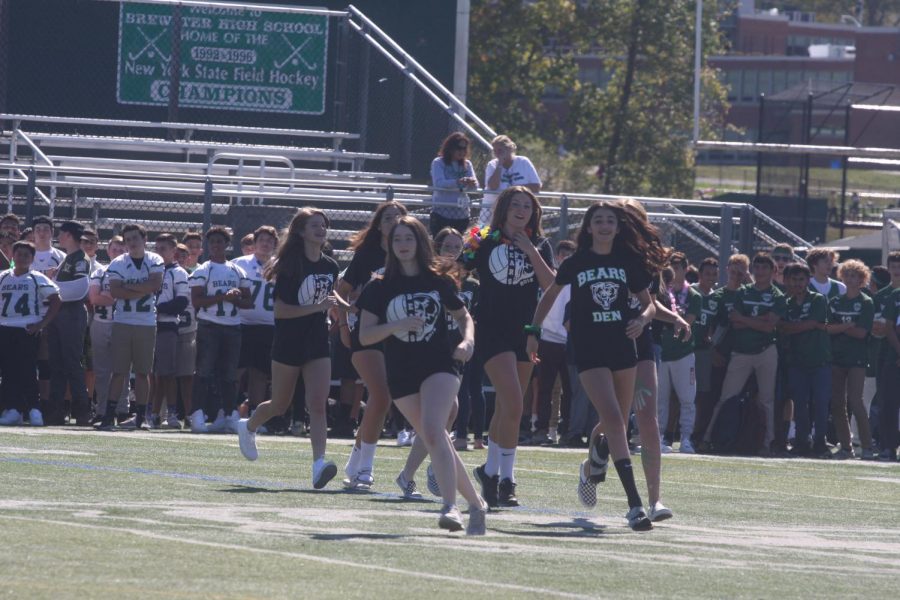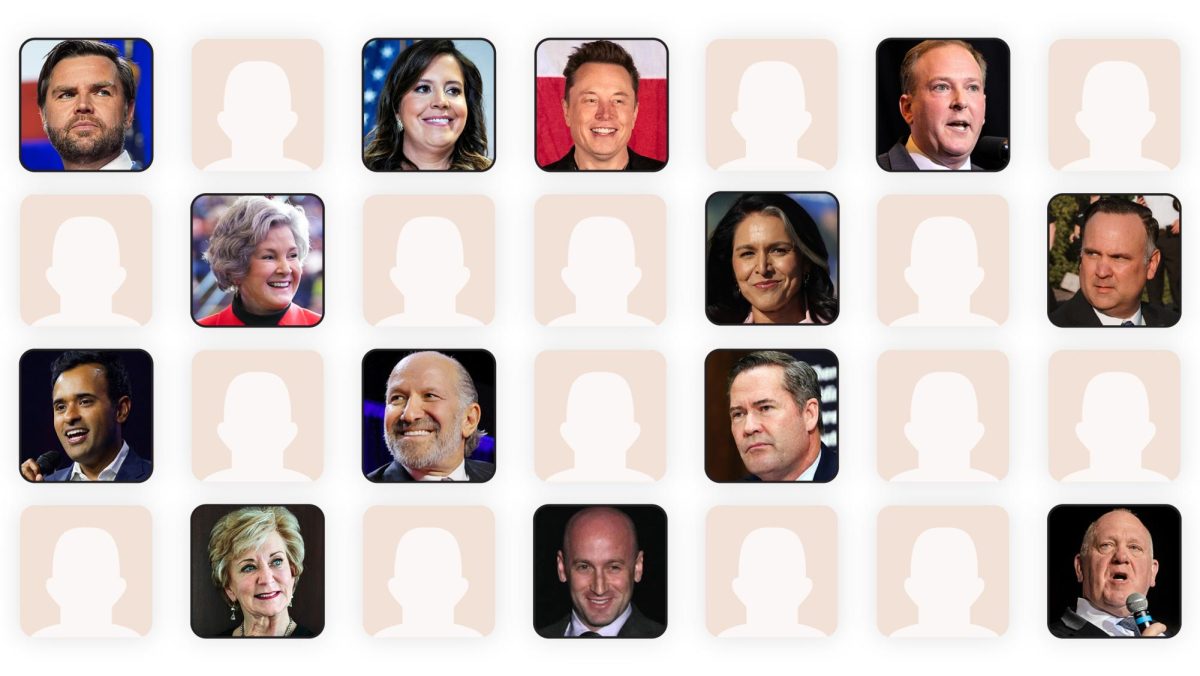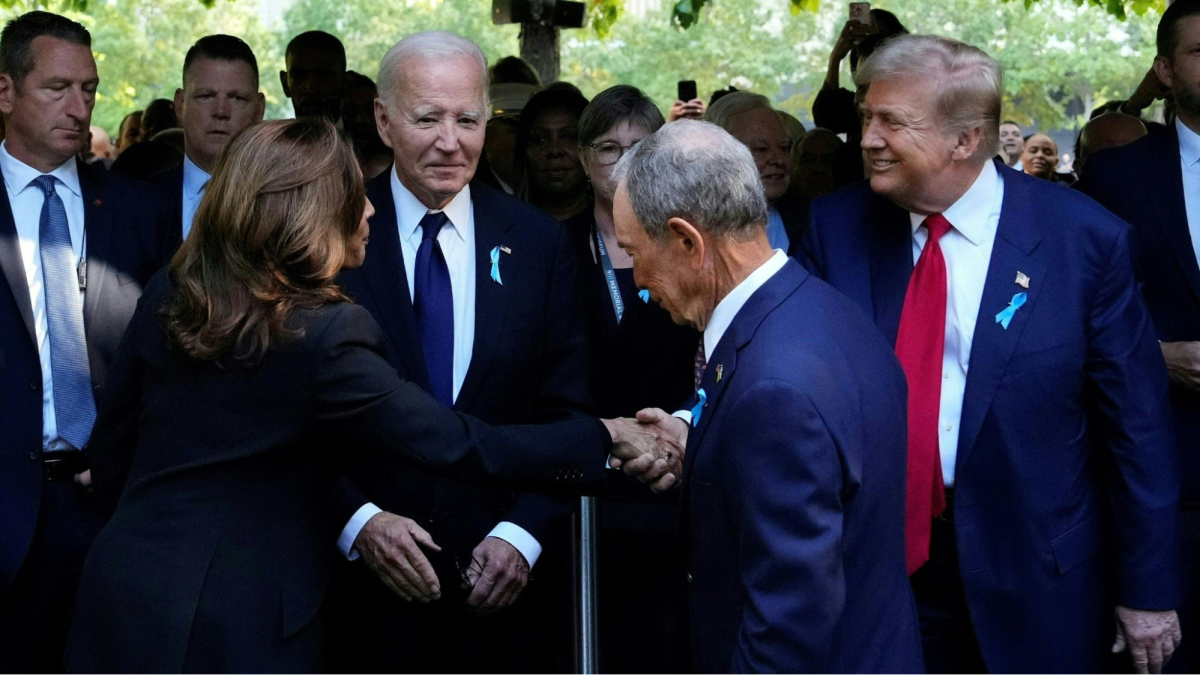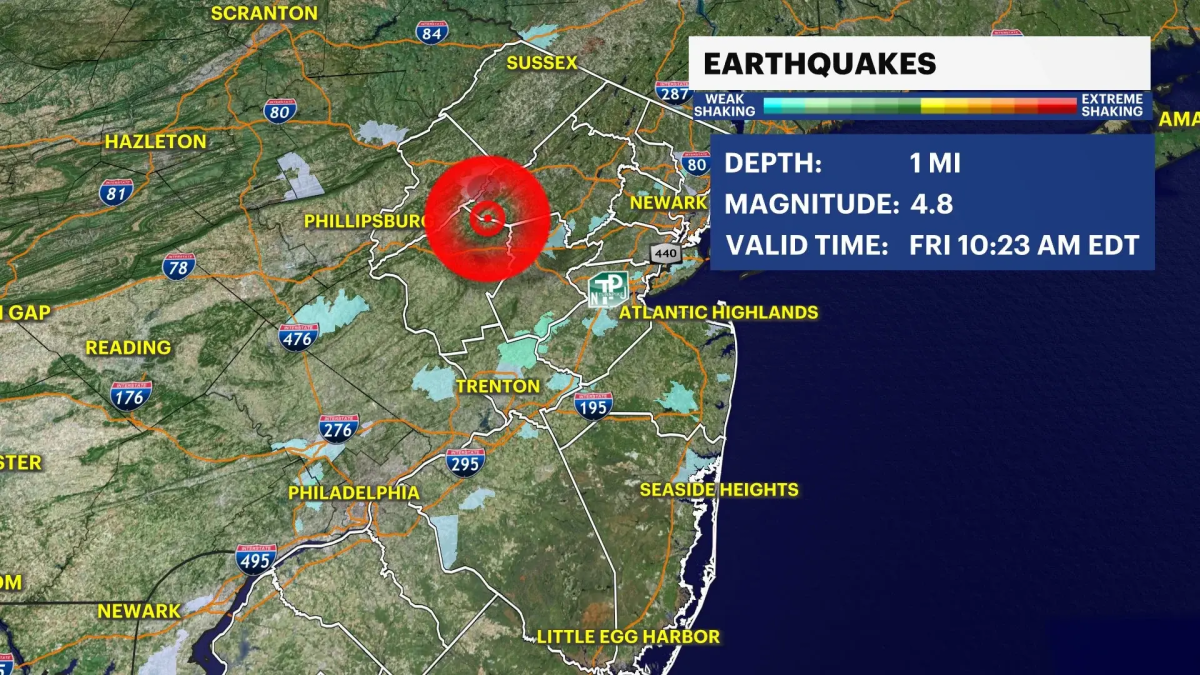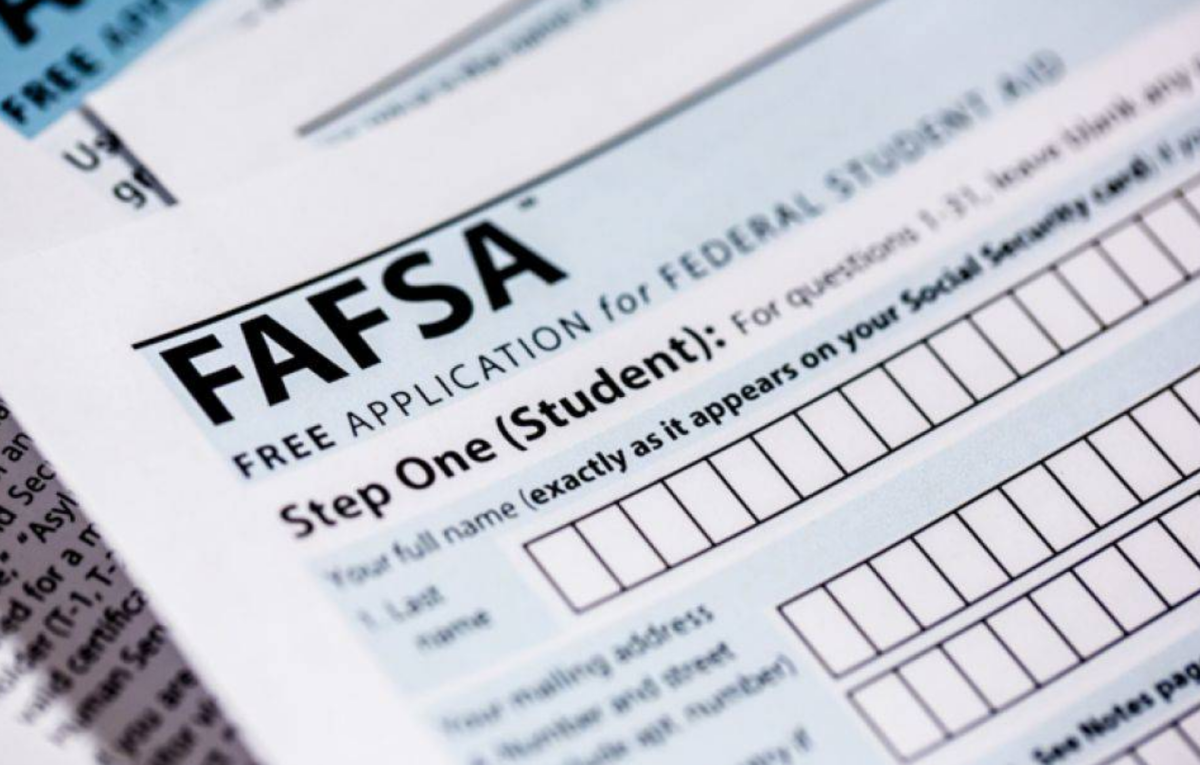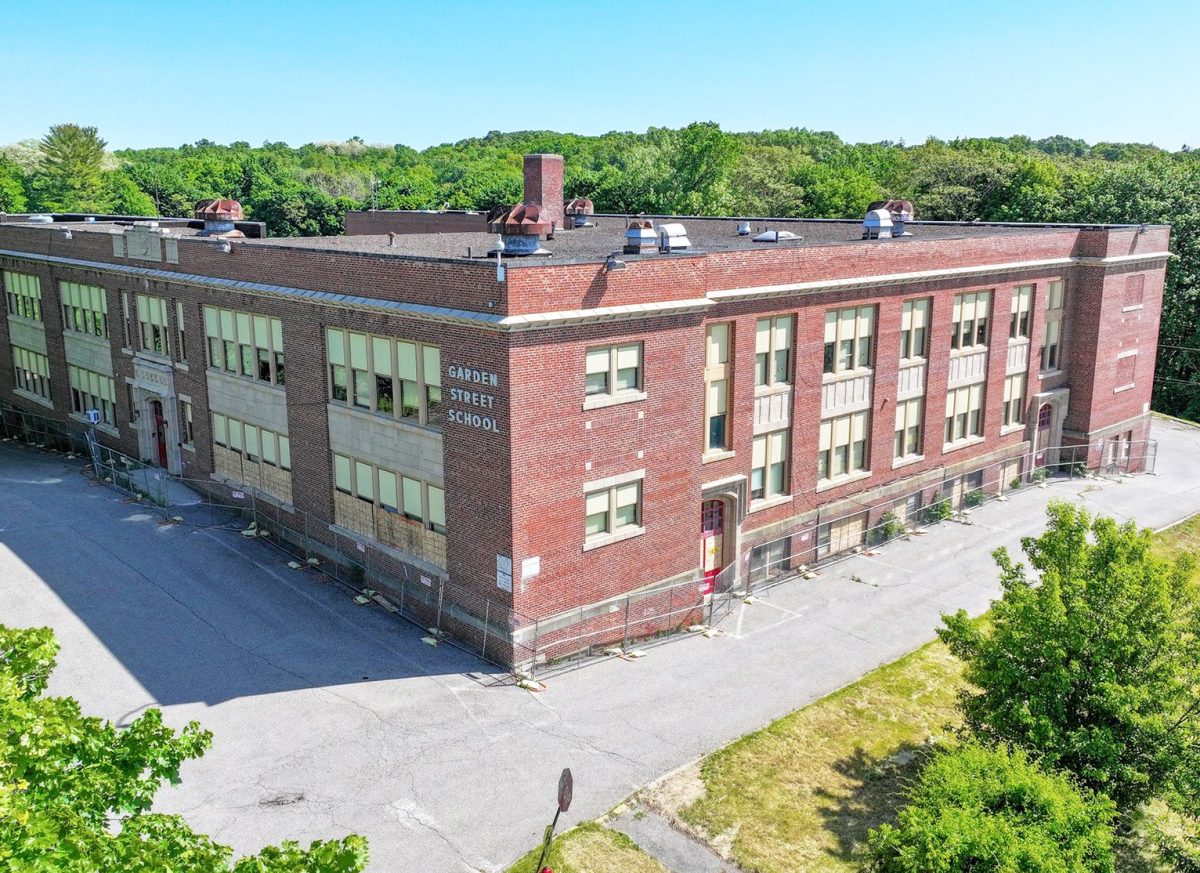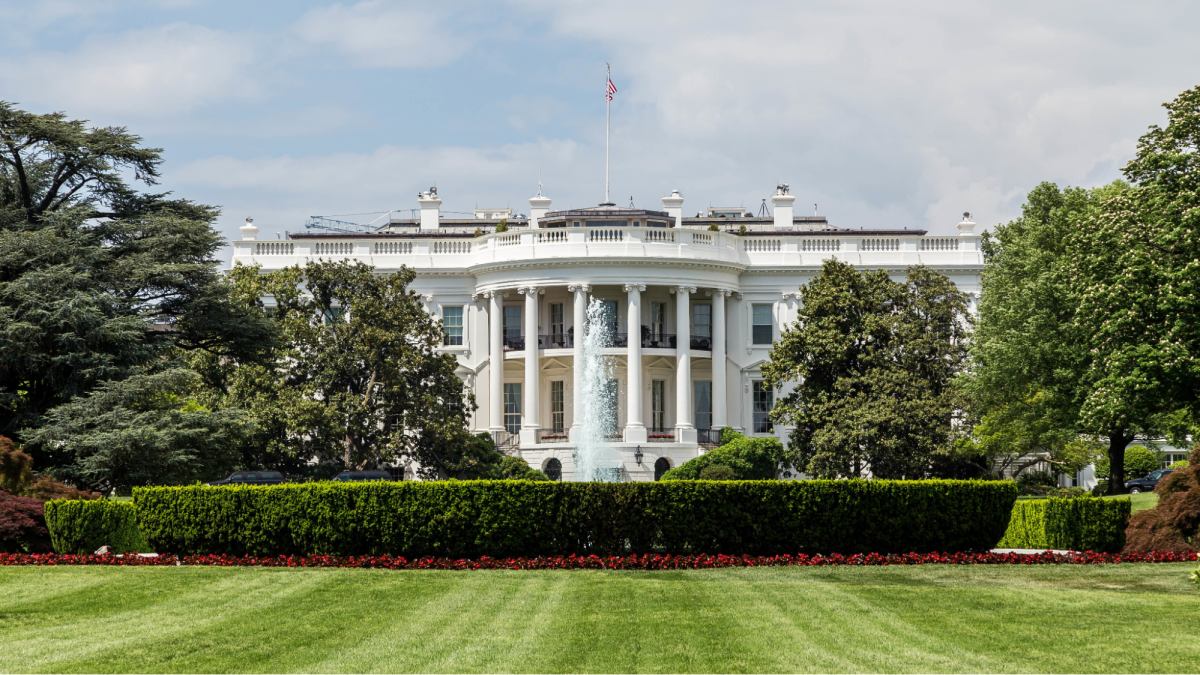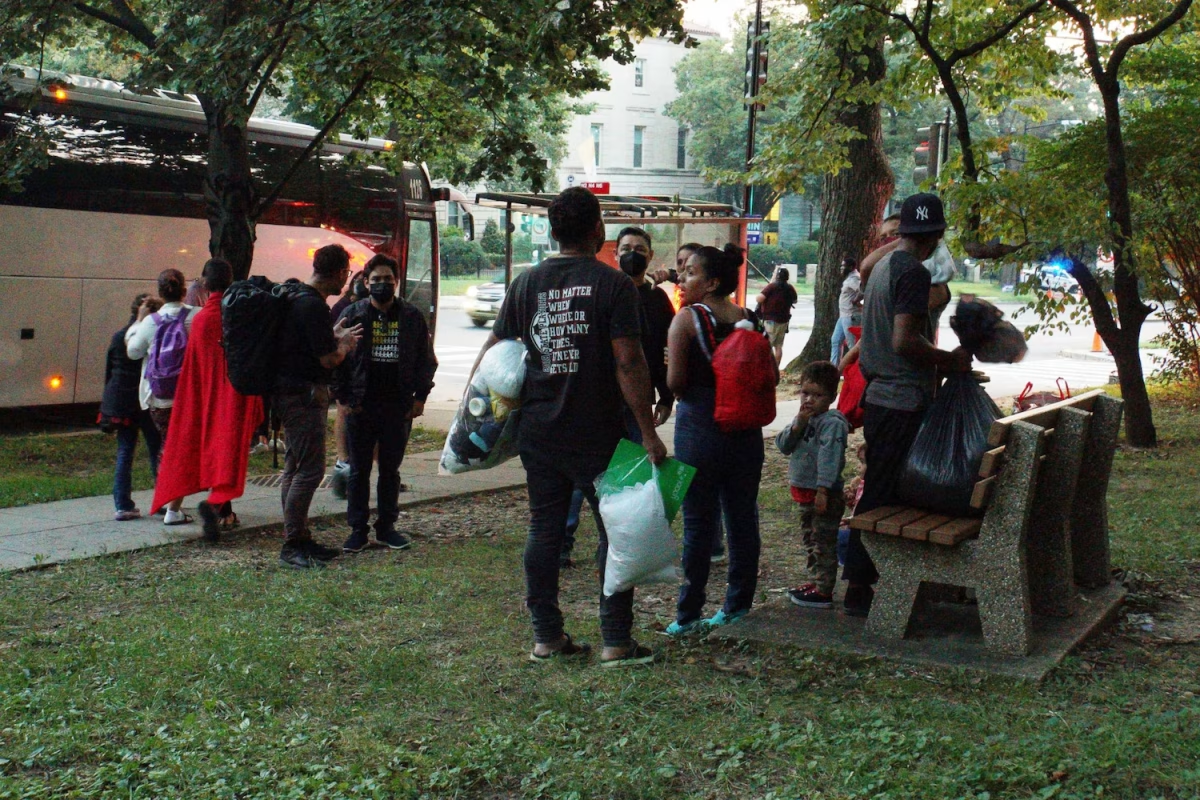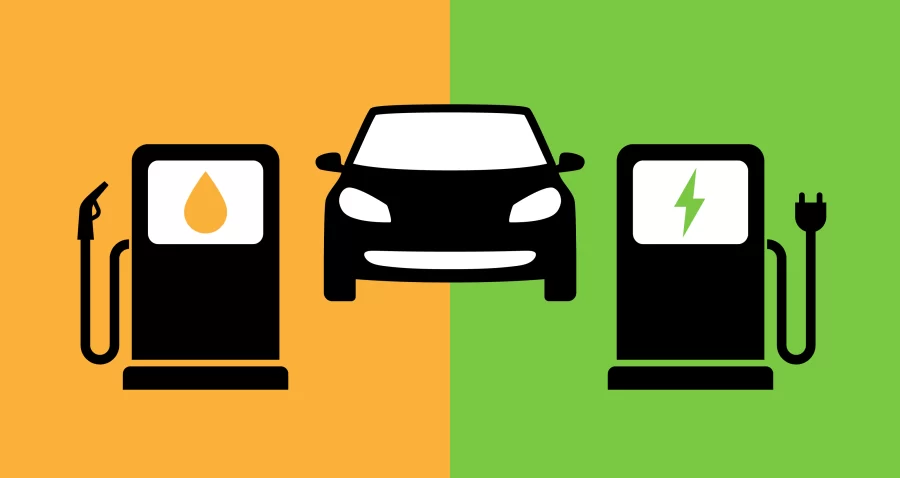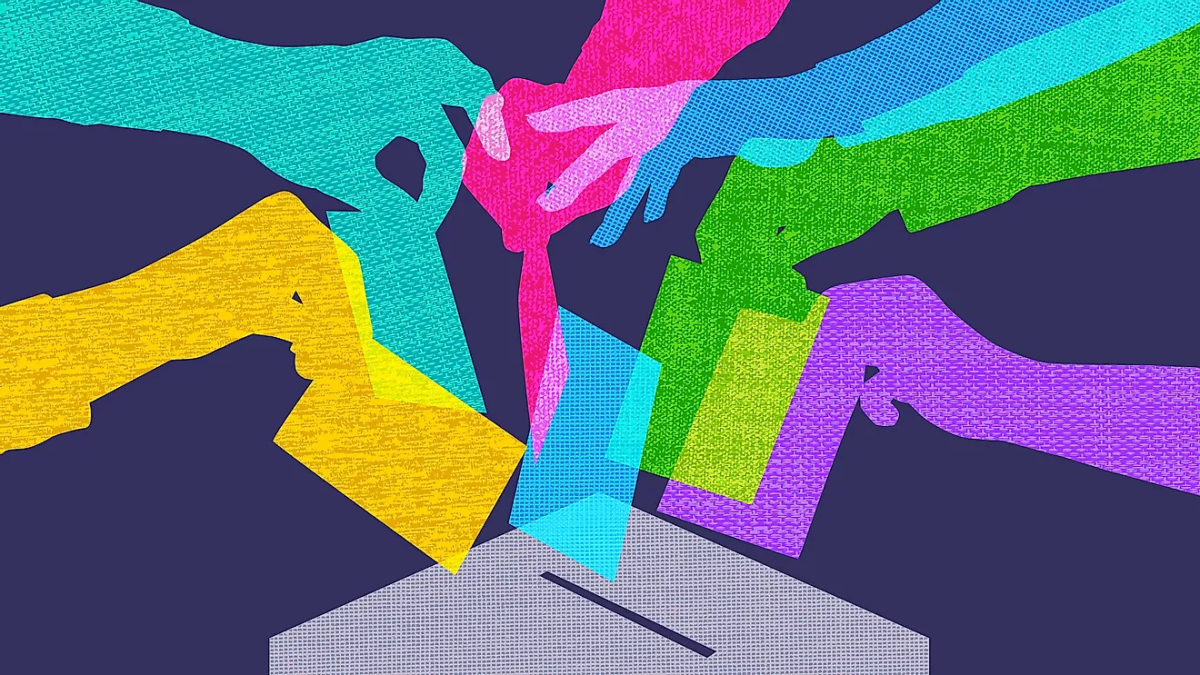No, the political system is not broken, but at times, the people appear to be.
The two-party system in the U.S. is not broken; it is just bent. The two-party system is a fundamental building block of a democracy. In a country of nearly 330 million citizens, it is impossible to imagine all citizens subscribing to the governing principles of a single party. At its core, a two-party system creates choice. Such a system fosters a debate in which both sides are called on to explain their philosophies, to describe how they will govern, and to justify their voting records. Through intellectual debate, candidates will be called upon to explain both foreign and domestic policies and describe how their policies differ from those of the other party. These debates often play a crucial role in determining election outcomes.
Recently, however, politics has become polarizing. Intellectual debates in regards to governing philosophies, principles, and voting records have been replaced by events characterized by name-calling and a lack of basic decorum. Additionally, moderate political views in both parties have been replaced with extreme conservative and liberal views. Both parties have lost sight of the fundamental fact that they were elected by the people and that they should strive to compromise and implement laws that improve the quality of life of the electorate.
Despite its flaws, a two-party system is a more effective form of government than some alternatives. One such alternative that is popular in other areas of the world is the multi-party system. For instance, in Germany, a coalition government was formed after the 2013 federal elections. This organization was formed with the cooperation of multiple political parties due to the fact that no single party was able to gain electoral majorities. The coalition government is assembled after negotiations between the parties that are going to form the government and will then procedurally write up an agreement among the leaders of the parties. This agreement will outline all of the most important goals that are shared among the parties, the objectives of their separate cabinets, and the one they will form together. These forms of government are sometimes created in times of war or economic trouble to present a perceived idea of political legitimacy or a collective national identity. This style of government fosters an environment that allows for communication among many different people in the country. The negotiations that go into the formation of the written agreement consider the many different opinions and ideas about the future of the government and the country, making it possible to represent the most people in the country through the government.
In contrast, in the United States, communication and compromise often break down when the party that controls Congress differs from the party of the president. However, while more ideas and opinions may be considered in a coalition government, the multiple views often lead to a less decisive government. More time is spent trying to form the write-up for the coalition and make sure that all opinions are heard and represented. This approach can lead to the political party having trouble exercising political control as the coalition is formed of multiple parties. So while the two-party system may consider fewer viewpoints and result in fewer compromises, the multi-party system has problems of its own.
The primary problem with a two-party system boils down to the people. What people in countries under a coalition government like is that they can feel that they are represented in their government; they see the people they elected are creating negotiations that will hopefully create an outcome that benefits everyone. In the two-party system that is currently in American politics, it always appears that at the end of every election, there is a winner and a loser. The decorum of the party in power has declined to the point where compromises seem to be completely unattainable. The behavior of the parties and the people involved is something that needs to be addressed in the hopes of positive change. One group making decisions for everyone while the other party tries to roadblock them at every point is not the idea of unity that citizens hoped for when they cast their vote. This behavior does not result in the laws the voters had in mind.
While the answer to the two-party system’s struggles may not be a multi-party political system, something has to change. So, the two-party system may not be broken, but the people certainly have bent it. Looking toward the future, we need to find a way to forge a path between the party in power and the one that is not. They need to be able to communicate with each other effectively for the good of the people in their nation. It should not boil down to power but instead be about how they can each get their views across in a beneficial way to accomplish what the people had hoped for when they voted the politicians into office.

